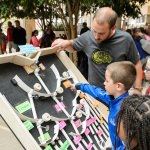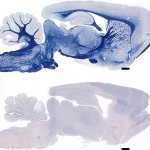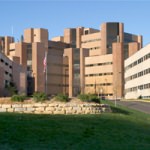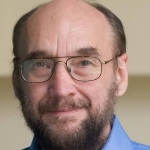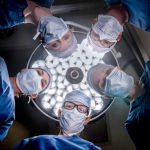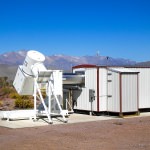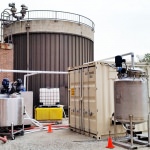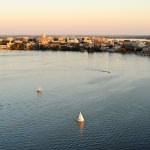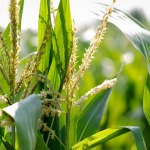Category Science & Technology
Speakers are needed to connect with Wisconsinites at science festival
The Wisconsin Science Festival and UW–Madison Speakers Bureau are looking for passionate, creative faculty, staff and graduate student speakers to visit communities throughout Wisconsin. Read More
Aldo Leopold’s words once again broadcast to the state
In celebration of Earth Day, one of his successors will read portions of conservationist and former UW professor Aldo Leopold’s radio addresses that originally aired more than 80 years ago. Read More
Natural experiment, dogged investigation, yield clue to devastating neurological disease
After a 29-year quest, Ian Duncan, a professor of veterinary medicine at the University of Wisconsin–Madison, has finally pinpointed the cause of a serious neurologic disease in a colony of rats. Read More
Marriage made in heaven: Digital inhaler add-on offers slick aid to asthma care
Propeller Health makes an add-on device for inhalers that communicates with a smartphone that records the use of routine preventative medicines and “rescue” medications intended to open constricted airways. Read More
UW2020: WARF Discovery Initiative awards announced
Funding for research projects that range from advancing wireless communications to developing a virtual dairy farm brain that will simulate actual farm management, are among the 21 proposals selected. Read More
Termite gut holds a secret to breaking down plant biomass
In the Microbial Sciences Building at the University of Wisconsin–Madison, the incredibly efficient eating habits of a fungus-cultivating termite are surprising even to those well acquainted with the insect’s natural gift for turning wood to dust. Read More
UW treats first participant in trial of stem-cell therapy for heart failure
A research team at University of Wisconsin School of Medicine and Public Health has treated its first patient in an innovative clinical trial using stem cells for the treatment of heart failure that develops after a heart attack. Read More
Symposium showcases gamut of student research, some of it already making lives better
A record 683 students took part in the annual celebration of undergraduate research. Read More
Genetics and stress interact to shape human health and well-being
Scientists at the University of Wisconsin–Madison’s Waisman Center have shown one way in which human genetics and chronic stress interact to shape health and well-being later in life. Read More
Protein’s flexibility helps its response to diverse pollutants
How some industrial pollutants or abnormal levels of cellular metabolites contribute to diverse human diseases is now more clearly understood, based on a new study from the University of Wisconsin Carbone Cancer Center (UWCCC) and the McArdle Laboratory for Cancer Research. Read More
Bacterial supermachine reveals streamlined protein assembly line
Biochemists from the University of Wisconsin–Madison and the Max Planck Institute (MPI) for Biophysical Chemistry in Germany have revealed the defined architecture of what is called the “expressome.” Read More
Antibiotic alternatives, delivered by friendly microbes
A University of Wisconsin–Madison professor is looking to probiotics as a way to sneak in antibiotic-free treatment for Clostridium difficile, or C. diff, a resilient gastrointestinal pathogen. Read More
They look like surgeons: UW Health women surgeons spark meme
Take a magazine cover drawn by a French artist, add in the feminist spirit of Wisconsin surgeons, and you get a Twitter meme that travels the world. Read More
Madison company obtains FDA approval for sleep-data software
Ensodata, a UW–Madison spinoff that sifts through mountains of data from studies at sleep centers, received approval from the Food and Drug Administration on April 11 for its main product to be a medical device. Read More
Spinoff that puts phosphorus in its place signs key contract
In a bit of high-tech judo, a UW–Madison spinoff has started selling a technology to transform phosphorus at wastewater treatment plants from a major headache into an asset. Read More
Road salt is making North America’s freshwater lakes, well, saltier
Road salt is making North America’s freshwater lakes saltier, according to a new study published in the Proceedings of the National Academy of Sciences. Read More
UW–Madison launches STEM Diversity Network
The University of Wisconsin–Madison has launched the STEM Diversity Network, a website and collection of resources for students, faculty and staff in science, technology, engineering and math (STEM). Read More
Renewable plastic precursor could grow cellulosic biofuel industry
A team of chemical and biological engineers at the University of Wisconsin–Madison has found a way to produce from biomass a valuable compound used in plastic production that they estimate could lower the cost of ethanol produced from plant material by more than two dollars per gallon. Read More

